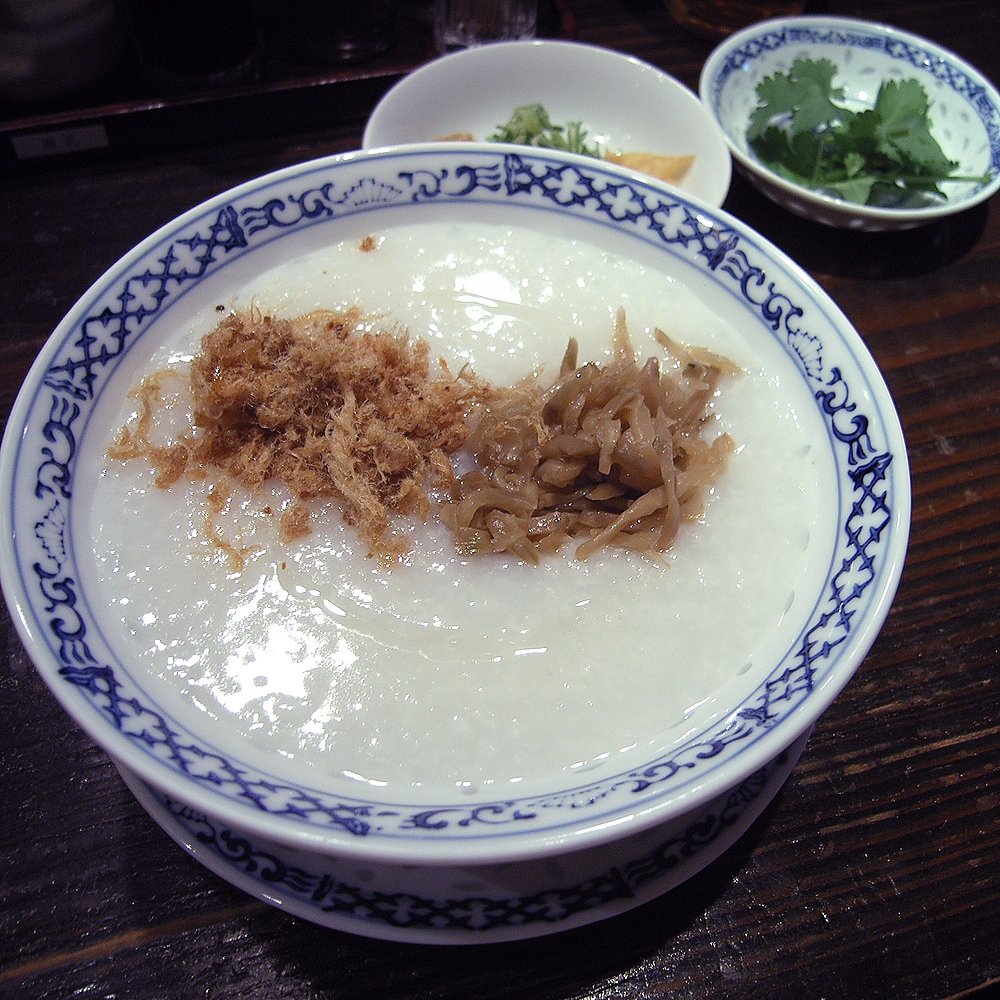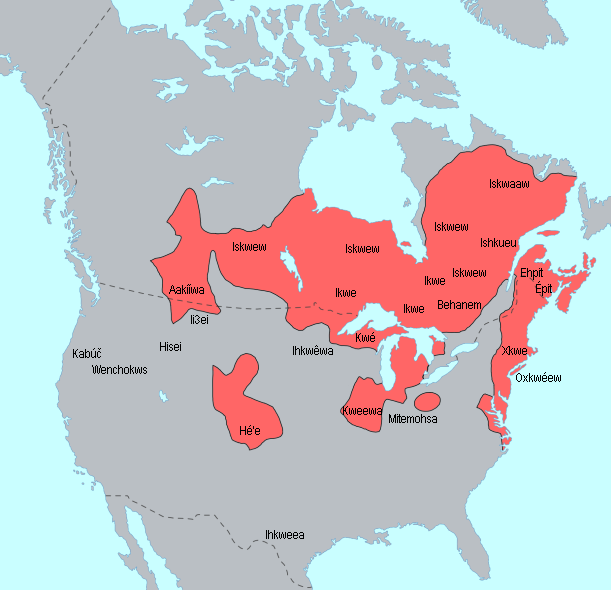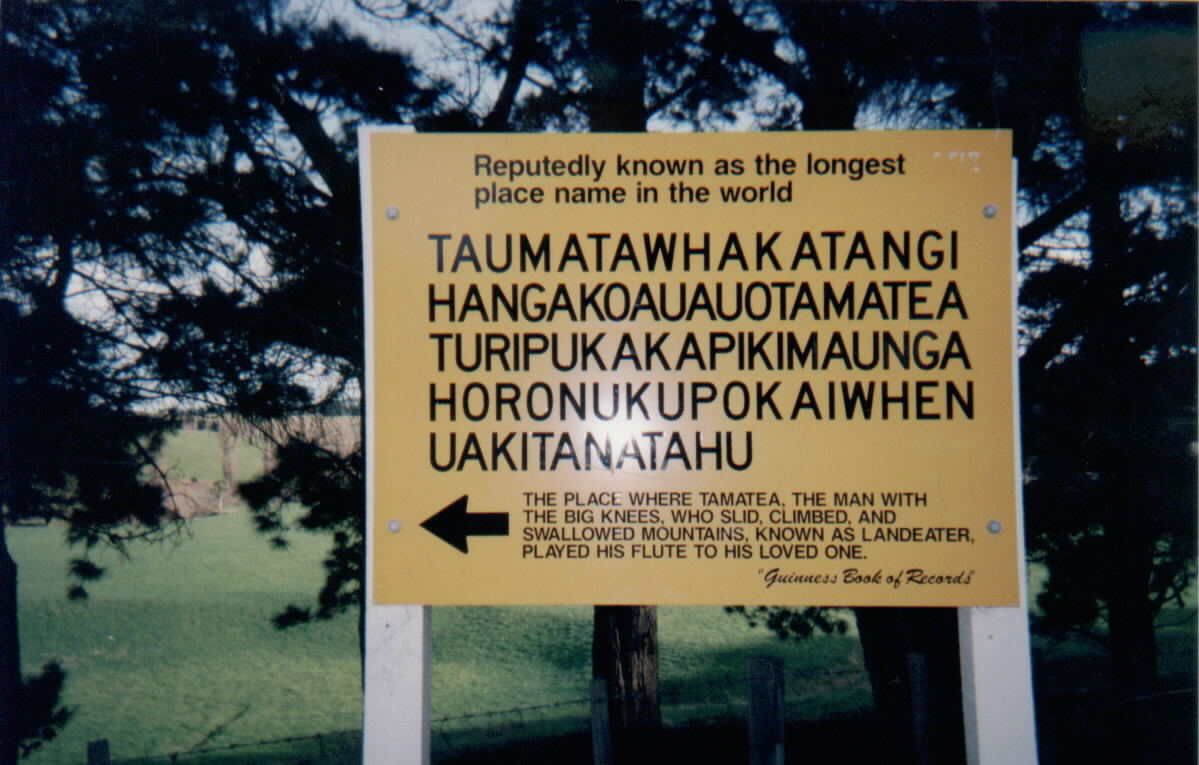|
Rubaboo
Rubaboo is a common stew or porridge consumed by ''coureurs des bois'' and ''voyageurs'' (French fur traders) and Métis people of North America. This dish is traditionally made of peas and/or corn, with grease (bear or pork) and a thickening agent (bread or flour) that makes up the base of the stew. Pemmican and maple sugar were also commonly added to the mixture. Rubaboo that is made by the Plains Métis is often made with pemmican, rabbit, prairie chicken or sage hen and a wide variety of wild vegetables such as wild parsnip (lii naavoo) onion, turnip, and asparagus that can all be added to the food with preference. The thickened mixture was later re-served as “rowschow” (re-chaud). Other sources describe it as consisting primarily of boiled pemmican, with thickening agents added when available.Nute, Grace Lee.''The Voyageur''. Minnesota Historical Society, , p. 55 Origins The etymology of the word is a blend of the French word ''roux'' (a thickener used in gravies ... [...More Info...] [...Related Items...] OR: [Wikipedia] [Google] [Baidu] |
Pemmican
Pemmican () (also pemican in older sources) is a mixture of tallow, dried meat, and sometimes dried berries. A calorie-rich food, it can be used as a key component in prepared meals or eaten raw. Historically, it was an important part of indigenous cuisine in certain parts of North America and it is still prepared today. The name comes from the Cree language, Cree word (), which is derived from the word (), 'fat, grease'. The Lakota language, Lakota (or Sioux) word is , originally meaning 'grease derived from marrow bones', with the creating a noun, and referring to small pieces that adhere to something. It was invented by the Indigenous peoples of the Americas, Indigenous peoples of North America. Pemmican was widely adopted as a high-energy food by Europeans involved in the fur trade and later by Arctic and Antarctic explorers, such as Robert Bartlett (explorer), Captain Robert Bartlett, Ernest Shackleton, Richard E. Byrd, Fridtjof Nansen, Robert Falcon Scott, George W. DeL ... [...More Info...] [...Related Items...] OR: [Wikipedia] [Google] [Baidu] |
Rupert's Land
Rupert's Land (), or Prince Rupert's Land (), was a territory in British North America which comprised the Hudson Bay drainage basin. The right to "sole trade and commerce" over Rupert's Land was granted to Hudson's Bay Company (HBC), based at York Factory, effectively giving that company a Monopoly, commercial monopoly over the area. The territory operated for 200 years from 1670 to 1870. Its namesake was Prince Prince Rupert of the Rhine, Rupert of the Rhine, who was a nephew of King Charles I of England, Charles I and the first governor of HBC. In December 1821, the HBC monopoly was extended from Rupert's Land to the Pacific coast. The areas formerly belonging to Rupert's Land lie mostly within what is today Canada, and included the whole of Manitoba, most of Saskatchewan, southern Alberta, southern Nunavut, and northern parts of Ontario and Quebec. Additionally, it also extended into areas that would eventually become parts of Minnesota, North Dakota, and Montana. The sout ... [...More Info...] [...Related Items...] OR: [Wikipedia] [Google] [Baidu] |
Onion
An onion (''Allium cepa'' , from Latin ), also known as the bulb onion or common onion, is a vegetable that is the most widely cultivated species of the genus '' Allium''. The shallot is a botanical variety of the onion which was classified as a separate species until 2011. The onion's close relatives include garlic, scallion, leek, and chives. The genus contains several other species variously called onions and cultivated for food, such as the Japanese bunching onion '' Allium fistulosum'', the tree onion ''Allium'' × ''proliferum'', and the Canada onion '' Allium canadense''. The name '' wild onion'' is applied to a number of ''Allium'' species, but ''A. cepa'' is exclusively known from cultivation. Its ancestral wild original form is not known, although escapes from cultivation have become established in some regions. The onion is most frequently a biennial or a perennial plant, but is usually treated as an annual and harvested in its first growing season. ... [...More Info...] [...Related Items...] OR: [Wikipedia] [Google] [Baidu] |
List Of Porridges
Porridge is a dish made by boiling ground, crushed, or chopped starchy plants (typically grains) in water, milk, or both, with optional flavorings, and is usually served hot in a bowl or dish. It may be served as a sweet or savory dish, depending on the flavourings. Porridges A * Atole traditional masa-based hot maize based beverage of Mexican cuisine, Mexican and Latin American cuisine, Central American origin. It includes masa (corn hominy flour), water, piloncillo (unrefined cane sugar), cinnamon, vanilla and optional chocolate or fruit. The mixture is blended and heated before serving. * Avena (drink) prepared with stewed oatmeal, milk, water, cinnamon, clove and sugar *Arroz caldo, Arroz caldo or aroskaldo – a variant of congee in Filipino cuisine, Philippine cuisine. B * Barley gruel type of porridge found in Danyang, Jiangsu. It is made from barley, rice and alkali. * Belila (porridge), Belila is an Egyptian porridge made from pearl wheat, cooked in a light syrup with ... [...More Info...] [...Related Items...] OR: [Wikipedia] [Google] [Baidu] |
Kama (food)
(Estonian language, Estonian), (Finnish language, Finnish), or (in Turkic languages, Turkic languages) is a traditional Estonian, Finland, Finnish, and Turkic peoples, Turkic finely milled flour mixture. The powder is a mixture of roasted barley, rye, oat and pea flour. The oat flour may be completely replaced by wheat flour, or kibbled Black turtle bean, black beans may be added to the mixture. In Finland is made by first steaming grains, then grinding them up and finally roasting them. Historically, traditional Estonian ''kama'' was made slightly differently in different regions of Estonia: it could consist of oats, peas, beans or wheat, which were mixed together depending on the region. "Historically kama was a non-perishable, easy-to-carry food that could be quickly fashioned into a stomach-filling snack by rolling it into butter or lard; it did not require baking, as it was already roasted". Nowadays, kama can be bought as a souvenir in Estonia, where it is a distincti ... [...More Info...] [...Related Items...] OR: [Wikipedia] [Google] [Baidu] |
Métis In Canada
The Métis ( , , , ) are a mixed-race Indigenous people whose historical homelands include Canada's three Prairie Provinces extending into parts of Ontario, British Columbia, the Northwest Territories and the northwest United States. They have a shared history and culture, deriving from specific mixed European (primarily French, Scottish, and English) and Indigenous ancestry (primarily Cree with strong kinship to Cree people and communities), which became distinct through ethnogenesis by the mid-18th century, during the early years of the North American fur trade. In Canada, the Métis, with a population of 624,220 as of 2021, are one of three legally recognized Indigenous peoples in the ''Constitution Act, 1982'', along with the First Nations and Inuit. The term ''Métis'' (uppercase 'M') typically refers to the specific community of people defined as the Métis Nation, which originated largely in the Red River Valley and organized politically in the 19th century, radiating ... [...More Info...] [...Related Items...] OR: [Wikipedia] [Google] [Baidu] |
Métis
The Métis ( , , , ) are a mixed-race Indigenous people whose historical homelands include Canada's three Prairie Provinces extending into parts of Ontario, British Columbia, the Northwest Territories and the northwest United States. They have a shared history and culture, deriving from specific mixed European (primarily French, Scottish, and English) and Indigenous ancestry (primarily Cree with strong kinship to Cree people and communities), which became distinct through ethnogenesis by the mid-18th century, during the early years of the North American fur trade. In Canada, the Métis, with a population of 624,220 as of 2021, are one of three legally recognized Indigenous peoples in the '' Constitution Act, 1982'', along with the First Nations and Inuit. The term ''Métis'' (uppercase 'M') typically refers to the specific community of people defined as the Métis Nation, which originated largely in the Red River Valley and organized politically in the 19th century, radia ... [...More Info...] [...Related Items...] OR: [Wikipedia] [Google] [Baidu] |
Algonquian Languages
The Algonquian languages ( ; also Algonkian) are a family of Indigenous languages of the Americas and most of the languages in the Algic language family are included in the group. The name of the Algonquian language family is distinguished from the orthographically similar Algonquin dialect of the Indigenous Ojibwe language (Chippewa), which is a senior member of the Algonquian language family. The term ''Algonquin'' has been suggested to derive from the Maliseet word (), meaning 'they are our relatives/allies'. Speakers of Algonquian languages stretch from the east coast of North America to the Rocky Mountains. The proto-language from which all of the languages of the family descend, Proto-Algonquian, was spoken around 2,500 to 3,000 years ago. There is no scholarly consensus about where this language was spoken. Family division This subfamily of around 30 languages is divided into three groups according to geography: Plains, Central, and Eastern Algonquian. Of t ... [...More Info...] [...Related Items...] OR: [Wikipedia] [Google] [Baidu] |
Roux
Roux () is a mixture of flour and fat cooked together and used to thicken sauces. Roux is typically made from equal parts of flour and fat by weight. The flour is added to the melted fat or Cooking oil, oil on the stove top, blended until smooth, and cooked to the desired level of Food browning, brownness. A roux can be white, blond (darker), or brown. Butter, bacon drippings, or lard are commonly used fats. Roux is used as a thickening agent for gravy, sauces, soups, and stews. It provides the base for a dish, and other ingredients are added after the roux is complete. Ingredients The fat is most often butter in French cuisine, but may be lard or vegetable oil in other cuisines. Roux is used in three of the five mother sauces of Cuisine classique, classic French cooking: béchamel sauce, velouté sauce, and espagnole sauce. Roux may be made with any edible fat. For meat gravies, fat rendered from meat is often used. In regional Cuisine of the United States, American cuisin ... [...More Info...] [...Related Items...] OR: [Wikipedia] [Google] [Baidu] |
French Language
French ( or ) is a Romance languages, Romance language of the Indo-European languages, Indo-European family. Like all other Romance languages, it descended from the Vulgar Latin of the Roman Empire. French evolved from Northern Old Gallo-Romance, a descendant of the Latin spoken in Northern Gaul. Its closest relatives are the other langues d'oïl—languages historically spoken in northern France and in southern Belgium, which French (Francien language, Francien) largely supplanted. It was also substratum (linguistics), influenced by native Celtic languages of Northern Roman Gaul and by the Germanic languages, Germanic Frankish language of the post-Roman Franks, Frankish invaders. As a result of French and Belgian colonialism from the 16th century onward, it was introduced to new territories in the Americas, Africa, and Asia, and numerous French-based creole languages, most notably Haitian Creole, were established. A French-speaking person or nation may be referred to as Fra ... [...More Info...] [...Related Items...] OR: [Wikipedia] [Google] [Baidu] |
Word
A word is a basic element of language that carries semantics, meaning, can be used on its own, and is uninterruptible. Despite the fact that language speakers often have an intuitive grasp of what a word is, there is no consensus among linguistics, linguists on its definition and numerous attempts to find specific criteria of the concept remain controversial. Different standards have been proposed, depending on the theoretical background and descriptive context; these do not converge on a single definition. Some specific definitions of the term "word" are employed to convey its different meanings at different levels of description, for example based on phonology, phonological, grammar, grammatical or orthography, orthographic basis. Others suggest that the concept is simply a convention used in everyday situations. The concept of "word" is distinguished from that of a morpheme, which is the smallest unit of language that has a meaning, even if it cannot stand on its own. Words a ... [...More Info...] [...Related Items...] OR: [Wikipedia] [Google] [Baidu] |







